
The ‘df’ command is used to quickly print an overview of the disk space in use on different partitions and file systems.
df comes from the GNU Coreutils package and should be available by default in Unix/Linux based operating systems.
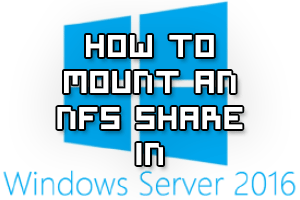
Here we’re going to show you how to mount an NFS file share in Windows Server 2016 both temporarily and persistently so that it will automatically mount after a reboot.
There are a couple of different ways this can be done, including mapping a network drive or adding a network location, which we’ll discuss here.
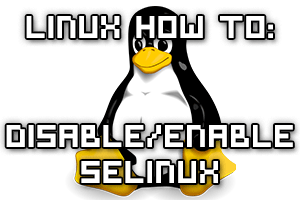
Security Enhanced Linux (SELinux) is enabled and running in enforcing mode by default in CentOS/RHEL based Linux operating systems, and with good reason as it increases overall system security.
Despite this there may be times when you want to temporarily or permanently disable SELinux, which is what we’ll cover here.
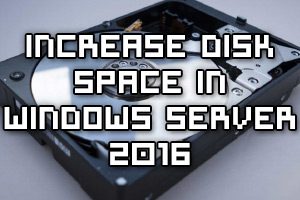
This post will cover how to increase the disk space for a Windows Server 2016 virtual machine running in VMware, however the steps apply to any virtualization solution.
First we’ll increase the size of the actual virtual disk that is attached to the virtual machine, followed by making the required changes in the operating system in order to take advantage of the additional space from the hard disk expansion.
The server can stay online while the disk space is upgraded with this method which is ideal for most production servers, there’s no need to perform a system reboot.
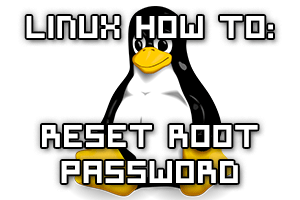
Normally resetting the root password is a simple task if you’re logged in already with root privileges, however if you forget the password and need to change it things become a little more difficult.
The process has changed from CentOS/RHEL (Red Hat Enterprise Linux) version 6 to 7, as previously you would boot into single user mode and then change the password as root. From version 7 the equivalent modes are the rescue or emergency targets, however these require the root password before you can do anything which doesn’t help us here, so we’ll take you through the new process to change the lost root password.
This is also a task that you will need to know how to perform for the RHCSA exam.
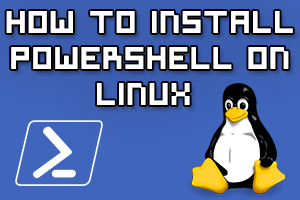
Earlier this month Microsoft announced that PowerShell had been open sourced and would be available for use in Linux. As a result of this, PowerShell is now available for Ubuntu 14.04 and 16.04, CentOS/RHEL 7, and macOS 10.11.
If your first thought is along the lines of “who would use this abomination?”, then you’re in good company. My best thought at who this is targeted towards is the Windows system administrator that needs to be able to manage Linux systems as they are likely already quite familiar with PowerShell and perhaps unwilling to change.
Personally I’d look at using a tool such as Puppet for managing systems running various operating systems, however here’s how you can install PowerShell in Linux should you want to take this path.
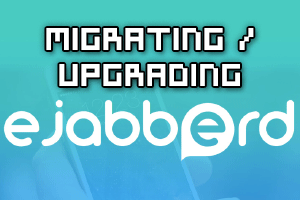
In this example we will be upgrading from an older instance of the ejabberd-15.04 XMPP server to the current latest version ejabberd-16.06. Operating system specific packages such as RPM and DEB files were not provided until ejabberd-15.06, so our existing instance was not installed with the RPM file but instead from the binary file, meaning there is no existing ejabberd RPM installed for us to simply upgrade.
While this upgrade is taking place on the same server, these steps can also be used to perform a migration from one server to another with a fresh installation of ejabberd, as the new version will install to a new directory.